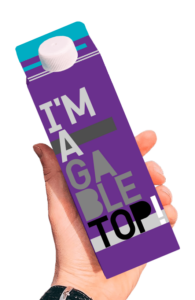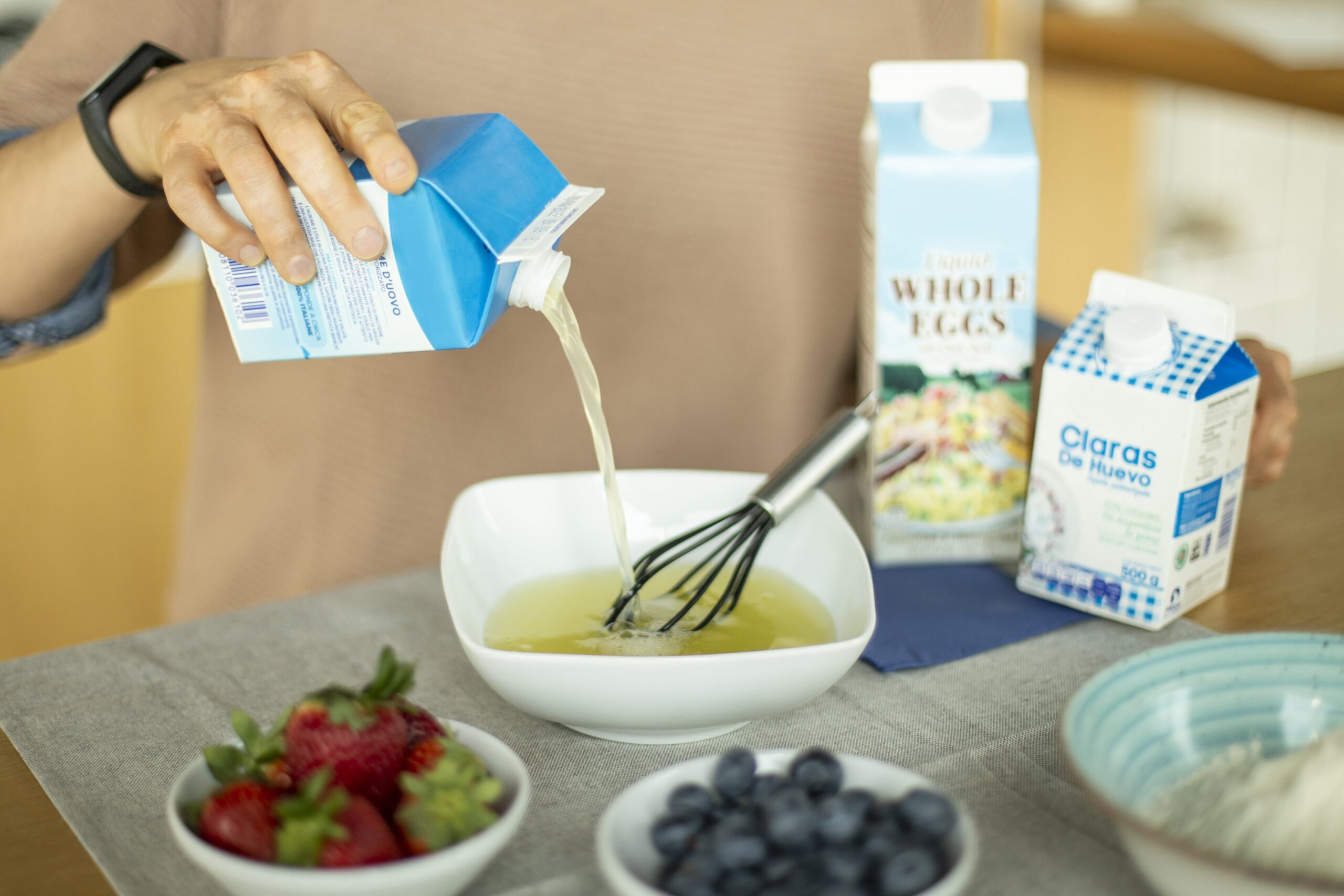For those not in the packaging industry, distinguishing between various types of food paper containers can be confusing. This article aims to clarify common questions: Is it brick for aseptic shelf-stable non-refrigerated products or Gable Top for fresh premium refrigerated products? How do these differ from each other?
Understanding these distinctions is crucial for anyone involved in food packaging, whether a manufacturer, distributor or simply curious about the technology behind your everyday products. By delving into these containers’ history, key innovations, and diverse applications, we aim to provide a comprehensive overview that will enhance your knowledge and appreciation of the packaging solutions that play a vital role in preserving the quality and safety of food products worldwide.
Key Definitions of Liquid Food Paper Containers
Several terms frequently arise when discussing liquid food packaging machines, often without clear definitions. This can lead to confusion, but it’s essential to establish precise definitions to navigate the industry effectively:
- Brick/Brick Container: this is a generic term for multi-layered cardboard packaging, typically associated with square-shaped packages featuring a flat top. These containers are versatile and widely used for various food products due to their durability and ease of storage. They are particularly popular for liquid products like juices and broths, where the need for a sturdy, leak-proof container is paramount without the need for refrigeration.
- Gable Top Container: traditionally associated with fresh milk, this container features a distinctive gable-shaped top that forms a pointed roof. Its design is both functional, facilitating easy pouring, and iconic, often linked to dairy products, fresh juices, and liquid egg products. The Gable Top is especially recognized for fresh pasteurized refrigerated products of premium quality known for their freshness. Additionally, this design is utilized for various other beverages and some non-food applications, offering a convenient and easily recognizable packaging solution.
The Evolution of Cardboard Liquid Packaging Containers
The first patents for liquid food paper containers date back to the early 20th century. They offered a cheaper, lighter, and more practical alternative to glass milk bottles. The history of food packaging is rich and varied, reflecting the evolving needs of consumers and technological advancements. Over the years, brick and Gable Top containers have evolved in shape and technology to better protect products from external elements, ensuring freshness and safety.

Major Innovations in Cardboard Packaging
- Gable Top Creation: patented in 1915, these containers allowed the Gable to serve as a spout. Made from single sheets formed, filled, and sealed by machines, they offered a competitive edge over glass. This innovation revolutionized the way liquids were packaged and distributed, making it easier for consumers to handle and store products. The gable top’s ability to reseal after opening also contributed to its popularity, as it helped maintain product freshness.
- Multi-layer System: adding a plastic film to paper-made containers waterproof and heat-sealable. In the 1960s, an aluminum layer was added for enhanced protection and product longevity. This development was crucial in extending the shelf life of perishable goods, allowing for broader distribution and reducing waste. The multi-layer system also provided a barrier against light and oxygen, further preserving the quality of the contents.
- Aseptic Brick Packaging: This process significantly extended the shelf life of products, enabling global distribution. Aseptic packaging involves sterilizing the product and the packaging separately before filling, ensuring that the contents remain uncontaminated and fresh for extended periods. This innovation has particularly benefited products like milk and juices, which can now be stored for months without refrigeration.
Comparing Packaging Processes and Product Applications
When discussing a packaging machine for liquid food, it’s important to recognize the diversity in processes and the range of products they accommodate. Aseptic brick packaging is primarily for long-life UHT products stored at room temperature, requiring large-scale facilities for high production volumes. This method is ideal for products that need to be shelf-stable for long periods without refrigeration, such as milk, juices, and soups.
In contrast, Gable Top packaging is often used for premium fresh and ESL (Extended Shelf Life) products, suitable for both cold chain and ambient distribution. Its versatility makes it a popular choice for a variety of foods, including:
- Fresh and ESL milk
- Dairy products
- Fermented products
- Plant-based beverages
- Liquid eggs
- Wine
- Fruit juice
- Water
- Powder and granular products like spices, cereals, coffee, and flour
- Biscuits in cardboard containers
The filling process for these paper-based liquid food containers uses a medium-capacity machine, handling 2 to 10 million packages annually. The machine accommodates different sizes, such as half-pint, pint, and quart. This flexibility allows manufacturers to cater to diverse market needs and consumer preferences. The ability to produce various sizes and formats on the same machine also helps reduce costs and increase efficiency.
Final Thoughts
We hope this article has clarified some doubts for those new to brick or Gable Top packaging. Understanding the nuances of food paper containers is essential for making informed decisions in the packaging industry. Whether you’re considering the environmental impact, cost-effectiveness, or product safety, each type of container offers unique benefits. The choice of packaging can significantly influence the shelf life, quality, and appeal of food products, making it a critical consideration for manufacturers.
At Galdi Inc., we are ready to provide further clarification on any questions you may have. Our commitment to innovation and customer care is evolving, ensuring that we meet the changing demands of the industry. We invite you to contact us for more information and to explore how our solutions can benefit your business. Our expertise in liquid food paper containers and food packaging machines positions us as a leader in the field, ready to support your packaging needs with cutting-edge technology and personalized service.

